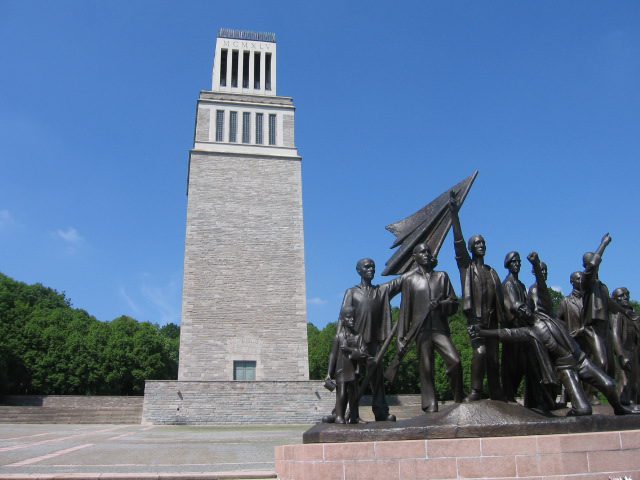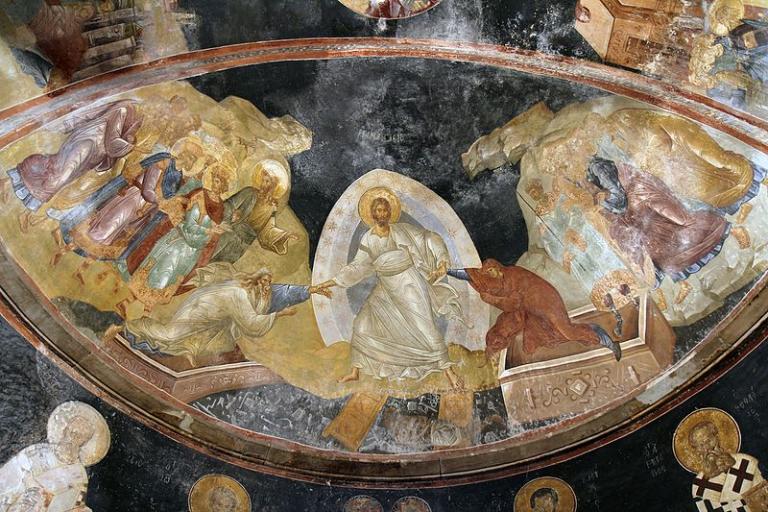
(Wikimedia Commons public domain photograph)
Somehow, I suspect that individual apostasy and immorality and other misbehavior may have been around since at least a little bit before The Secret Lives of Mormon Wives. The Times of London, though, seems to think that the Hulu miniseries is about a campaign by several young and idealistic crusaders for ecclesiastical reform, or something of that sort. And, suggests the Times, these insurgent feminist theologians are rocking the Church of Jesus Christ of Latter-day Saints to its very foundation:
Elsewhere, you’ll marvel at the weird and oppressive rules that Latter-day Saints are required to obey: “Surprising things Mormons aren’t allowed to do as new Mormon Wives show leaves viewers stunned at their behaviour” (Tyla)
But, thanks to the magazine Us, you needn’t speculate any more about whether or not these Mormon wives with the not-so-very secret lives are devout and committed Latter-day Saints: “Are the ‘Sister Wives’ Mormon? Details on the Reality TV Stars’ Religious Beliefs”
Why do people even watch such stuff? I honestly don’t see the attraction of it.

(Wikimedia Commons public domain photograph)
A few years ago, my wife read a great deal by and about the late Elie Wiesel for a presentation that she was preparing. She called the following passage to my attention, from Wiesel’s All Rivers Run to the Sea: Memoirs (Knopf/Doubleday, 2010):
One morning we came upon an enormous sign under the Arizona sun: “Indian Reservation 100 Miles.” Instantly we decided to take the detour. None of us had ever met an Indian, our knowledge extending no further than the movie stereotypes of young savages and wise old men. The Indians were always the ones on the attack, shrieking and killing. But why not? In their eyes, the white man was nothing but a rapacious armed invader seeking to drive them from their lands and reduce them to dependency by imposing his language and culture. And all with a revoltingly clear conscience. The man who greeted us in a tent decorated with feathers and other tribal insignia might have stepped out of a movie. Tall, erect, impassive, and majestic, he had a slow, dignified walk and a weathered, angular face. We hung on his every word as he explained the Indian concept of life and death. He was respectful, and he inspired respect. At one point he asked us to sign his visitors’ book. Dov urged me to go first. I don’t know why, but I signed in Hebrew, and the Indian rewarded me with a hearty pat on the back. “Sholem aleichem,” he said in Yiddish. Dov and Leah nearly collapsed in surprise and laughter. It turned out our host was Jewish, a camp survivor from Polish Galicia who had first emigrated to Mexico. When things went badly there, he moved to Arizona and made his living as an Indian by day while remaining a Jew by night. In my diary I wrote: “America is truly a wonderland. Even the Indians speak Yiddish.”
Proof of the Book of Mormon, right?

(Wikimedia Commons public domain image)
I continue to be struck by a quotation written by then-Elder Russell M. Nelson back in 1992 but that was, I believe, cited in the September 2014 issue of the Ensign:
We were born to die and we die to live. As seedlings of God, we barely blossom on earth; we fully flower in heaven.
This is one of the great arguments for the desirability of life after death. Not for its truth, of course — it’s certainly conceivable that the universe might just be the kind of place where hopes remain ultimately unfulfilled, where purposelessness and extinction triumph — but for its desirability.
Because the simple fact is that we all die without reaching our full potential. We’re all eventually defeated by failing energy, declining strength, faltering minds, and/or death.
This is true even if we reach a hundred years of age. But it’s most painfully obvious with regard to little babies who die in their infancy, to small children whose lives end before they’ve fully grown, to young people whose development is never completed. Disease, war, crime, and accidents have brought so many lives to premature ends. How many symphonies have gone unwritten, how many songs have been left uncomposed, how many medical breakthroughs unfound? How many novels and poems were never begun? How many acts of nobility and kindness have remained unperformed? How many dances were never danced, how many books were never read, how many sights never seen?
Nobody leaves this life having done and experienced all that he or she could potentially have done and experienced.
Nobody.
But, mercifully, we have all eternity ahead of us.
As President Nelson said during his recent centenary celebration,
My dear brothers and sisters, the length of your life is not as important as the kind of life that you live. For each of us, even for a 100-year-old man, life passes quickly. My prayer is that you will let God prevail in your life. Make covenants with Him. Stay on the covenant path. Prepare to return to live with Him again.”
(For related thoughts on the brevity and inescapable incompleteness of mortal lives that were inspired by the specific case of Ludwig van Beethoven, see here.)













